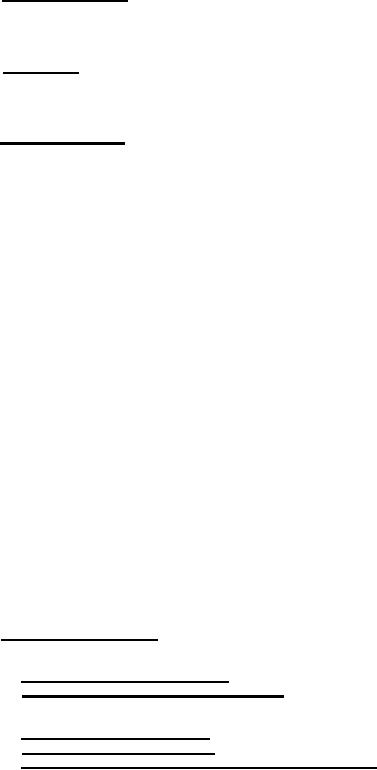 |
|||
|
|
|||
| ||||||||||
|
|  MIL-M-17059A(SHIPS)
duty cycle. In lieu thereof, the motors may be tested as short time duty motors of sufficient rating to meet
the actual load requirements. The manufacturer shall submit to the bureau or agency concerned evidence that
the short-time duty rating used for test purposes is equivalent to the required duty cycle.
4.3.4.12 Electrical balance. - Line currents measured during the heat run cycle test may be used to
indicate electrical balance. Requirements of 3.1.13 apply.
4.3.4.13 Weight. - The weight of motor shall be taken and recorded.
4.3.4.14 Load tests. - With the motor operating at rated voltage and frequency, simultaneous reading of
the voltage, frequency, amperes in each phase, speed in r.p.m. and watts shall be taken at 0, 1/4, 1/2, 3/4
and 4/4, of rated hp. , where hp. load may be maintained by current or watt input or by torque. The motor
shall be approximately at its normal operating temperature during these tests.
4.3.4.15 Inclined operation. - Sleeve bearing motors only.
4.3.4.15.1 The inclination tests for horizontal motors shall, in general, cover the following test
positions:
(a) Surface vessels motors:
Shaft inclined 15 degrees, front end low.
Shaft inclined 15 degrees, rear end low.
Shaft horizontal, motor base tilted 15 degrees to the right.
Shaft horizontal, motor base tilted 15 degrees to the left.
(b) Submarine motors same as 4.3.4.15. l(a) except that inclination shall be at 45 degrees.
4.3.4.15.2 Under each of the positions of inclination specified in 4.3.4.15.1, the motor shall be run for
a period of not less than 30 minutes for surface ship motors and 1 hour for submarine motors. This test may
be made on the combined motor driven auxiliary. The combined motor-driven auxiliary shall be run at not
less than its maximum service speed, and the driven auxiliary need not be loaded. During the progress of
these tests it shall be ascertained that the mechanical balance is as good as it was in the normal horizontal
position, that there is no pounding or grinding at the bearings, and that the lubrication is satisfactory. For
submarine motors the bearing temperature at the completion of test shall be recorded and shown on the
drawing.
4.3.4.15.3 Vertical motors shall be tested by inclining them to an angle of 15 degrees for surface motors
and 45 degrees for submarine motors from their normal position, in any direction (that direction which
imposes the most severe condition, if there be any dissymmetry) and for a period of 30 minutes for surface
ship motors and 1 hour for submarine motors. If desired, this test may be made on the combined unit used
for the special operating test. (Vertical motor-driven auxiliaries shall be tested by inclining them to an angle
of 15 degrees for surface ship units and 30 degrees for submarine units from their normal horizontal position,
in each of four different directions; namely, (a) forward, (b) backward, (c) to the right, and (d) to the left,
Observations shall be made as specified in 4.3.4.15.2 for horizontal motors and combined motor-driven
auxiliaries.)
4.3.4.15.4 The suitability of motor-driven auxiliaries for operation when a ship is rolling 45 degrees
for surface ships and 60 degrees for submarine motors to either side shall be determined by inspection of
design.
4.3.4.16 High-impact shock test. - The tests shall be as specified in MIL-S-901. The features of the
test shall be as follows:
(a) The required type of shock test. - Type A.
(b) The weight designation of the shock test. - Lightweight. If the motor shaft in application
will be required to support a heavy weight such as a clutch-type coupling or pump impeller,
the shock tests shall be conducted with the motor shaft so loaded.
(c) Required class of equipment. - Class I unless otherwise specified in the contract or order.
(d) Required grade of equipment. - Grade A.
(e) A definition of "failure to perform principal functions". -
(1) Breakage of any parts, including mounting bolts.
(2) Appreciable distortion or dislocation of any parts such as mounting feet, poles, coils,
brushes, and bearings.
27
|
|
Privacy Statement - Press Release - Copyright Information. - Contact Us |